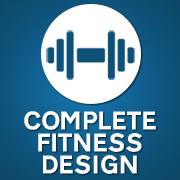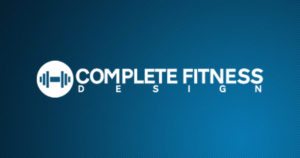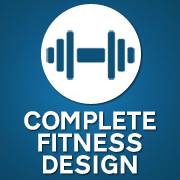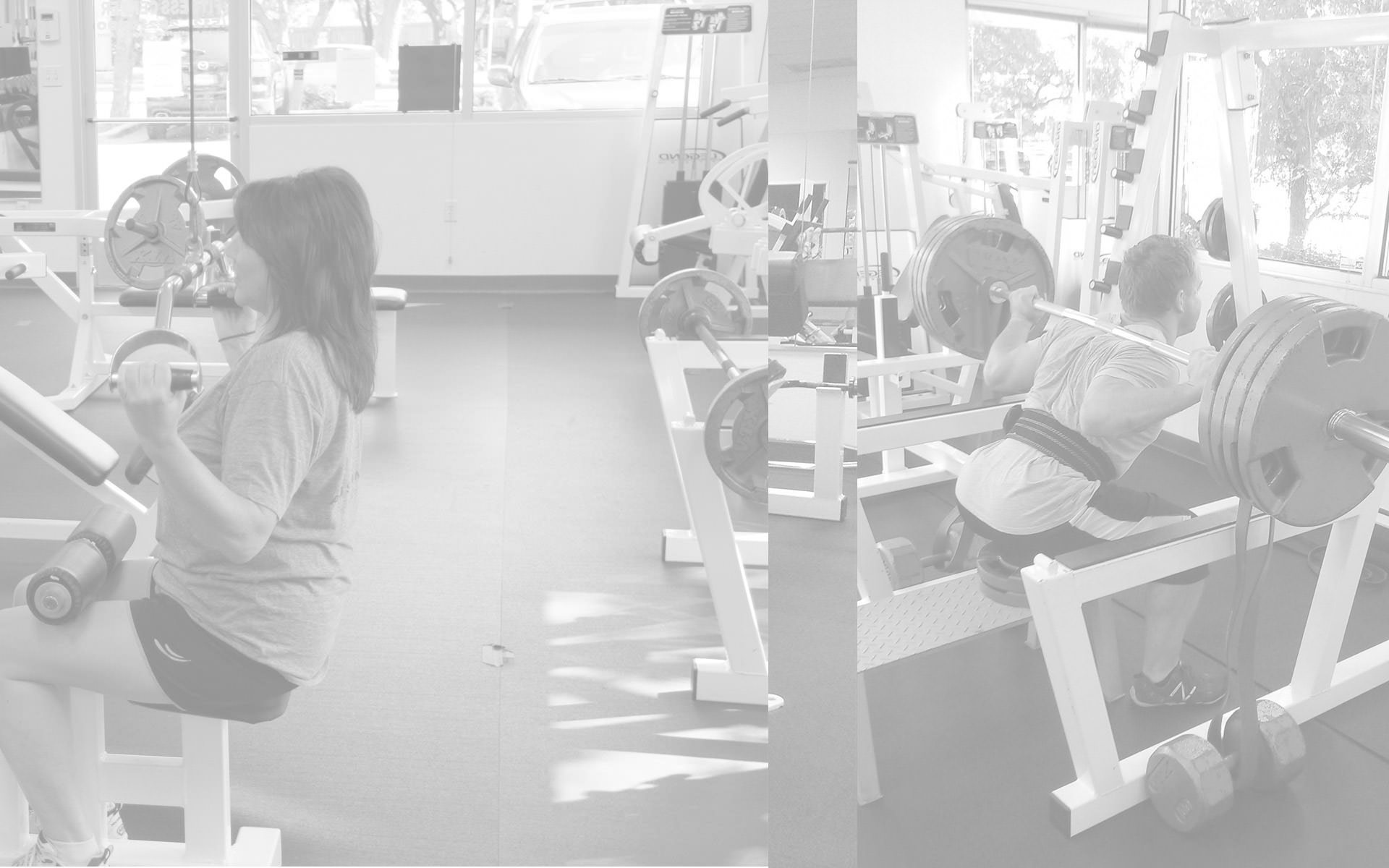Do you experience knee pain?
As we age, it’s common for us to experience aches and pains that we didn’t feel as often as when we were in our youth. Knees can ache, shoulders can feel tight, etc. Anyone who has pursued any fitness related activity, at any level, has certainly experienced some kind of distress. Knee pain is a very common complaint. In fact, over the past 20 plus years I’ve been an Austin personal trainer, I’ve noticed that one of the most common areas of discomfort, is in the knees.
If your knee hurts, does that mean that you have injured it? Not necessarily. In fact, depending upon what movements, motions, and potential trauma preceded the knee pain, it is more than likely a simple problem such as tracking, which is very easily reversible.
Knee tracking issues are caused by tight muscles and their connective tissues inserting into the knee. When muscles get tight, the shorten. The result of a shortened vastus medialis muscle, for example, is that the tendon connecting to the knee, in this case, will be pulled tighter, and the ensuing result is a slightly off off track knee. When this occurs, the knee is not only a tad sideways, but it is naturally less stable and will result in knee pain when we exercise the quadricep muscles or do any type of stretching which involves strength and stability from the knee. A good analogy I often give my clients, is to think of a car that is in need of a front end alignment. If you notice the tires of such a car, you’ll see the edge of the front tires have excessive wear on the edges. This is because they are not tracking straight, and as a result, are being pushed down the road to a certain degree. The same thing is happening with the knee when there are tracking issues.
Fixing knee pain brought on from tracking issues involves corrective flexibility
and some rest from the repetitive motion that is causing the problem, such as running. The corrective flexibility entails the identifying of the muscles which are tight and thus causing the instability and tracking issues, and then the releasing of those said muscles through a bodywork technique known myofascial release which may involve foam rolling, manual manipulation, etc, depending upon which muscle and also depending upon how tight the muscle and connective tissue is.
Ready to Get Started?

Andy

Latest posts by Andy (see all)
- Workout Motivation: How To Get Motivated To Work Out - March 9, 2022
- Body Fat Types: Subcutaneous and Visceral Fats - June 1, 2019
- Why Diets Work If You Stick With Them - April 1, 2019






